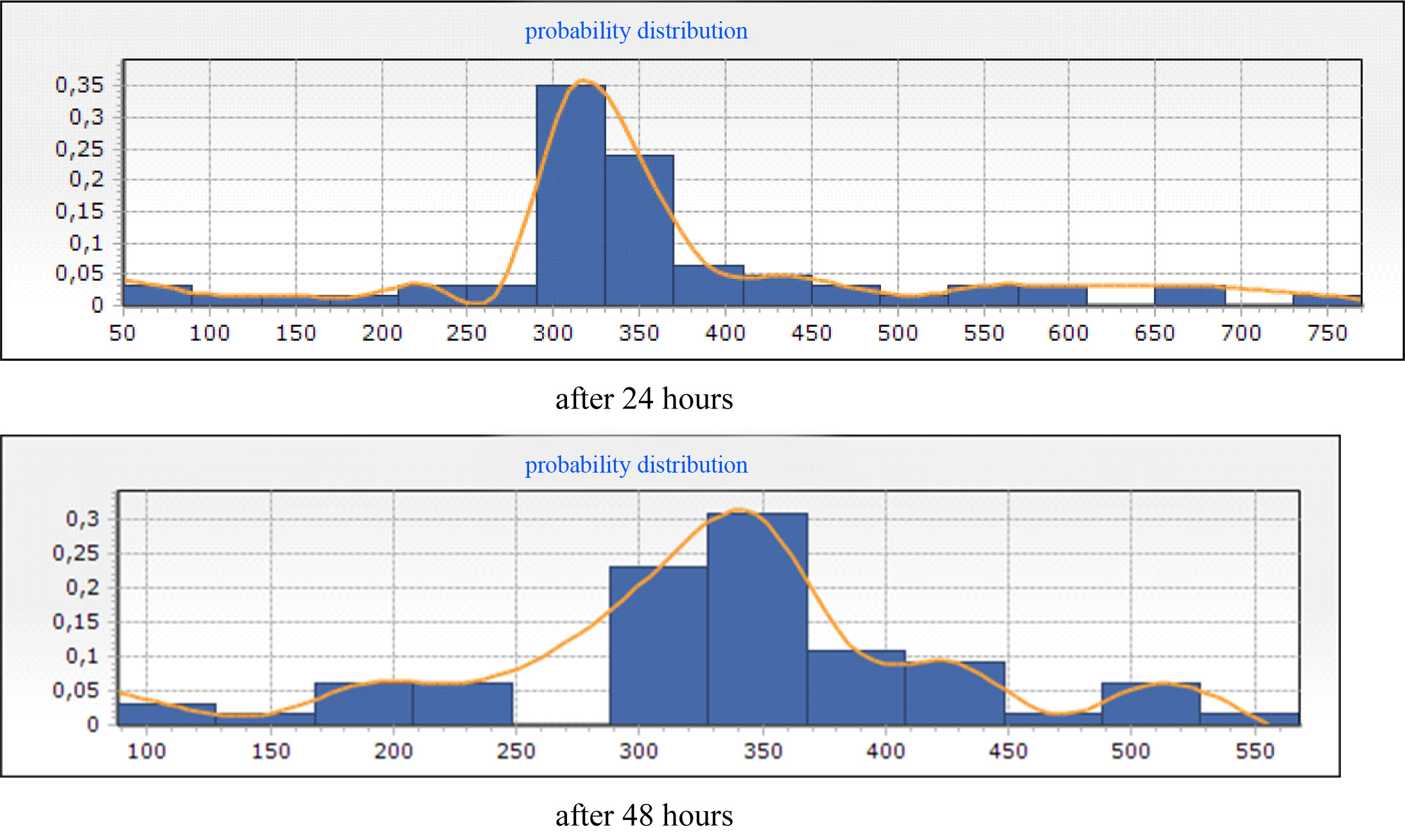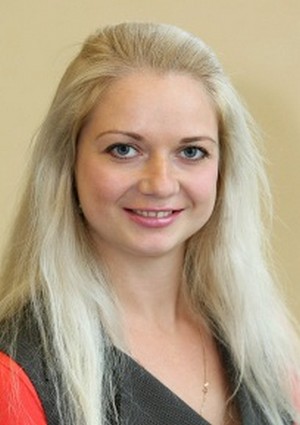Yachtsman's Sleep Deprivation
Фотографии:
ˑ:
N.N. Bumarskova, associate professor, Ph.D.
Moscow state university of civil engineering, Moscow
Key words: body fatigue, insomnia, attention concentration, spatial aptitude, reaction time, visual acuity.
Relevance. Water is an element, and many unexpected situations can happen in it, when one is to possess all high-level properties of attention. Otherwise, if the changes of the situation are not seen in time and control actions are not taken, risky mistakes can be made, which can be fatal not only for personal life but for the lives of the whole crew: a wrong maneuver can result in listing of the vessel or ripped sail, broken sail boom or mast, GPS disconnection, going out of navigating lights due to lightning stroke in the mast and so on.
It is known that after 6-8 hours of yachting reaction time increases by 0.1-0.2 seconds. In case of speed increase to over 20 knots the reaction time increases from 1.1 to 1.7 seconds. The increase of reaction time is also noted in case of yachting in the conditions of limited visibility, especially at night, by 0.6-0.7 seconds. This is due to the fact that when the visibility is poor it takes more time to see objects on the water, thus the response latency increases. At night visual acuity is sharply reduced, depth perception gets worse and the field of vision narrows. All this complicates spatial aptitude of a yachtsman. Even when the moon is full visual acuity drops 2 times, while in cloudy weather it reduces 20 times!
Attention is a special feature of the human psyche, selective orientation of consciousness to perform a specific job. It does not exist without thinking, perception, memory, movement and can be directed to the work of the senses and motor activity. It is assumed that there are three types of attention: involuntary, voluntary and post voluntary. The following properties or parameters of attention are also defined:
1) attention concentration, expressed by the degree of concentration on the object;
2) attention stability characterized by the duration of concentration, the ability not to be distracted for a certain period of time;
3) range of attention characterized by the number of objects perceived at the same time;
4) attention allocation - the ability to perform multiple actions at the same time;
5) switching attention - the ability to change the direction of attention, to switch from one task to another.
Attention is directly dependent on the reaction, and the reaction time may increase under the influence of different factors. As shown by specialized studies, the reaction time of choleric persons turns out to be less than that of the phlegmatic ones by 25-35%, but the number of errors they make is bigger as the choleric are more likely to take hasty and premature actions. In addition, at night the reaction time is also affected by circadian biorhythm. During the long process of evolution man led an active life in day time and slept at night. That is why at night all the vital processes occur at lower levels, slowing down perception, thinking and, therefore, psychomotor reaction time that increases by 75-100% on average.
The reaction time increases with the speed, as when objects move fast perception is complicated and takes place more slowly. Climatic conditions also influence the reaction time as the functions of thinking, attention and memory are disrupted at high temperatures, sensorimotor reactions take more time and are less accurate. Reduction of speed and accuracy of motor reactions at low temperatures is due to the muscles performance deterioration that results in stiffness and malfunctioning of movements.
Measurements carried out in Central Asia have shown that temperature increase of the ambient air to 43ºС increases the reaction time by 30 – 40%.
Sleep deprivation is lack or complete absence of the sleep need reduction that may arise as a result of sleep disorders, a conscious choice or a forced one (e.g., sleep deprivation is also used to treat depression).
After studying the topic, we decided to conduct a study during an expedition in the Aegean and Mediterranean seas in January when the water is rough and therefore maximum attention concentration is required.
The purpose of the study was to arrange a two day long sleep deprivation for the first yacht captain (30 years). In this profession it is the youngest age that is close to that of a student.
Results and discussion. During the expedition the state of the cardiovascular system was monitored (heart rate (HR), blood pressure (BP) and respiratory system (timed expiratory capacity test) data were measured systematically).
Attention parameters were evaluated using the hardware-software complex “Psychotester” and are listed below in Table 1.
Table 1. Captain data during the sleep deprivation for 48 hours, captured by the HSC “Psychotester”
|
№ |
Scale name |
Value |
Units of measure |
Interpretation |
||||||
|
After 24 hours |
After 48 hours |
|
After 24 hours |
After 48 hours |
||||||
|
1 |
Average value of reaction time |
352.9 |
338.4 |
ms |
inert type of higher nervous activity |
intermediate type, between the inert and agile types of higher nervous activity |
||||
|
2 |
Attention stability |
1.41 |
1.21 |
|
Stability of the respondent’s attention is low, i.e. a decrease in attention concentration was noted by the end of the study. |
Stability of the respondent’s attention is very low, i.e. a significant decrease in attention concentration was marked by the end of the study. |
||||
|
3 |
Attention concentration |
0.88 |
1.17 |
|
Attention concentration of the respondent is the average, i.e. attention concentration before the onset of fatigue was at a slightly higher or the same level as the average for the entire study. |
Attention concentration of the respondent is low, i.e. attention concentration before the onset of fatigue was at a lower level than the average for the entire study which means the presence of fluctuations of the attention concentration level during the study, typical for people with low attention concentration. |
||||
|
Loskutova's criteria |
||||||||||
|
4 |
The functional level of the system |
3.7 |
3.5 |
|
moderate deviation from the norm |
moderate deviation from the norm |
||||
|
5 |
Reaction stability |
1.5 |
1.3 |
|
average level of the norm |
low level of the norm |
||||
|
6 |
Functionality level |
2.6 |
2.4 |
|
slight deviation from the norm |
slight deviation from the norm |
||||
|
Error Analysis |
||||||||||
|
7 |
Number of timing advance errors |
0 |
1 |
|
|
|
||||
|
8 |
Number of time-delay errors |
7 |
5 |
|
|
|
||||
|
9 |
Whipple’s accuracy index |
0.1 |
0.1 |
|
Reliable result |
Reliable result |
||||
|
Performance assessment |
||||||||||
|
10 |
Performance assessment by speed of reaction |
353 |
338 |
|
reduced |
considerably reduced |
||||
|
11 |
Performance assessment by the functional level of the system |
3.74 |
3.53 |
|
reduced |
considerably reduced |
||||
|
12 |
Performance assessment by the reaction stability |
1.52 |
1.30 |
|
slightly reduced |
reduced |
||||
|
13 |
Performance assessment by the functionality level |
2.64 |
2.39 |
|
slightly reduced |
reduced |
||||
The Figures below show the probability distribution after sleep deprivation during 24 and 48 hours.

After sleep deprivation for 48 hours the HR fall from 72 to 62 bpm was marked in the subject of the study by the end of the experiment.
BP increased slightly: from 119/88 to 139/90 mm Hg.
Genche’s test indicators decreased from 1 minute 18 seconds to 55 seconds at the end of the study.
Conclusions. The data obtained in the study can be due to:
- an increase in oxygen debt;
- an increase in sympathetic activation, which increases the metabolic rate;
- changes in the oxygen or carbon dioxide sensitivity of the respiratory center;
- changes in metabolism.
A significant decrease in performance was marked along with the prevalence of the central nervous system inhibitory responses (such a state was formed in case of sudden body fatigue). A person working in this state is to be supervised.
References
- Golubeva, E.A. A comprehensive study of human peculiarities / E.A. Golubeva // Voprosy psikhologii. – 1986. – № 6. – P. 18-32. (In Russian)
- Zarakovsky, G.M. Job psychophysiological analysis / G.M. Zarakovsky. – Moscow: Nauka, 1986. – 114 P. (In Russian)
- Zimkina, A.M. Neurophysiological studies in examination of working capacity / A.M. Zimkina, V.I. Klimova-Cherkasova. – Leningrad: Meditsina, 1978. – 280 P. (In Russian)
- Keidel, W. Aesthophysiology / W. Keidel. – Moscow: Meditsina, 1975. – 216 P. (In Russian)
- Kovalev, A.G. Personality psychology / A.G. Kovalev. – Moscow, 1965. – 390 P. (In Russian)
- Portnykh, Yu.I. The dynamics of the critical fusion frequency indicators depending on the purposes of training load / Yu.I. Portnykh, Yu.M. Makarov // Teoriya i praktika fizicheskoy kultury. – 1987. – № 1. – P. 46-47. (In Russian)
- Romanov, A.N. Motor transport psychology / A.N. Romanov. – Moscow: Academia, 2002. – 244 P. (In Russian)
- Sobchik, LN The method of color choices. Modified Luscher color test. Method. manual / L.N. Sobchik. – St. Petersburg: Rech, 2001. – 112 P. (In Russian)
- Topolyansky, V.D. Psychosomatic disorders / V.D. Topolyansky, M.V. Strukovskaya. – Moscow: Meditsina, 1986. – 384 P. (In Russian)
- Vorona, R.D., Ware, J.C. Sleep disordered breathing and driving risk // Curr. Opin. Pulm. Med. – 2002. – Vol. 8(6). – P. 506-510.
- Weissbluth, M., Davis, A., Poncher, J. et al: Signs of airway obstruction during sleep and behavioural, developmental and academic problems // Dev. Behav. Pediatr. – 1983. – Vol. 4. – P. 119-121.
Corresponding author: Pr-azdnik@yandex.ru



 Журнал "THEORY AND PRACTICE
Журнал "THEORY AND PRACTICE